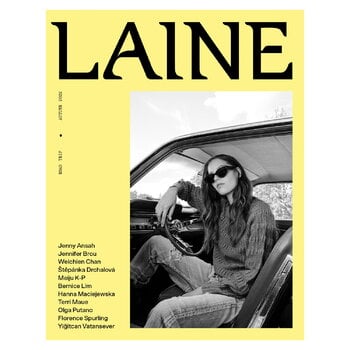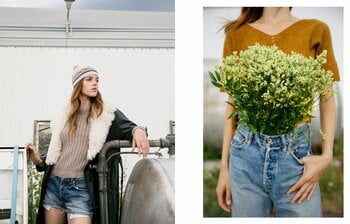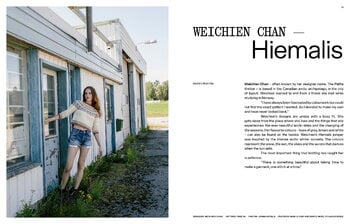Laine magazine contains knitting tips, interesting articles and stories from the world of wool, inspiring interviews and seasonal recipes. The magazine is published three times per year, in both English and Finnish.
Laine magazine issue 15 introduces an updated look and totally new content, including a column by English knitwear artist Jeanette Sloan. And of course, there is still something familiar: the autumn issue features twelve knitting tutorials, an article on traditional landscapes, an interview with American knitwear designer Lindsey Fowler, delicious recipes and interesting book reviews. The new magazine is available with two different covers – this version with the black and white photograph is so stylish that it suits perfectly as a coffee table book.
Laine is an international knit and lifestyle magazine. In issue 15 (autumn 2022), we showcase 12 beautiful knitting patterns as well as interesting articles from the world of fibre.






































